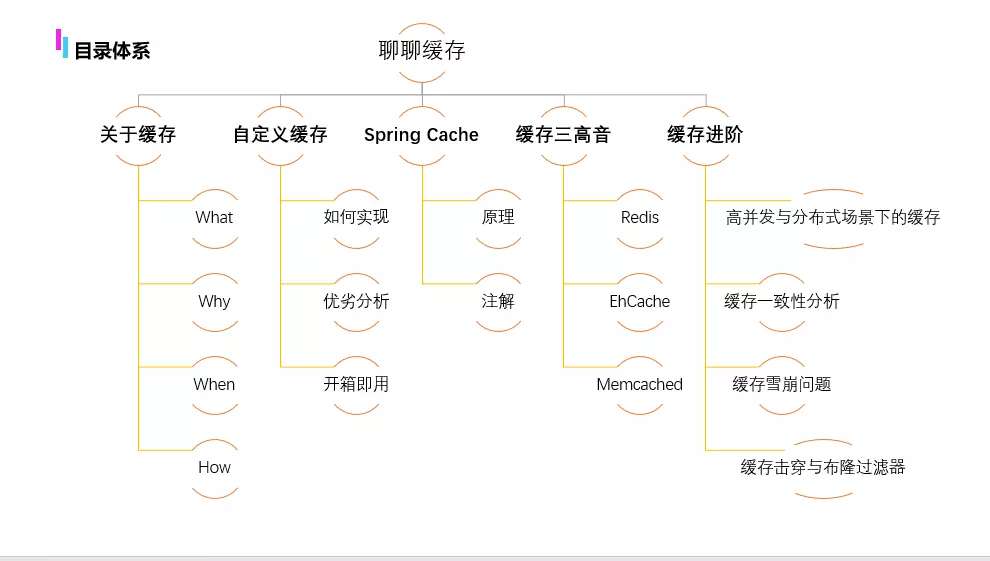
随着时间的积累,应用的使用用户不断增加,数据规模也越来越大,往往数据库查询操作会成为影响用户使用体验的瓶颈,此时使用缓存往往是解决这一问题非常好的手段之一。Spring 3开始提供了强大的基于注解的缓存支持,可以通过注解配置方式低侵入的给原有Spring应用增加缓存功能,提高数据访问性能。
在Spring Boot中对于缓存的支持,提供了一系列的自动化配置,使我们可以非常方便的使用缓存。下面我们通过一个简单的例子来展示,我们是如何给一个既有应用增加缓存功能的。
快速入门
首先,下载样例工程chapter3-2-2。本例通过spring-data-jpa实现了对User用户表的一些操作,若没有这个基础,可以先阅读《使用Spring-data-jpa简化数据访问层》一文对数据访问有所基础。
准备工作
为了更好的理解缓存,我们先对该工程做一些简单的改造。
application.properties文件中新增spring.jpa.properties.hibernate.show_sql=true,开启hibernate对sql语句的打印
修改单元测试ApplicationTests,初始化插入User表一条用户名为AAA,年龄为10的数据。并通过findByName函数完成两次查询。
1 |
|
执行单元测试,我们可以在控制台中看到下面内容。
1 | Hibernate: insert into user (age, name) values (?, ?) |
在测试用例执行前,插入了一条User记录。然后每次findByName调用时,都执行了一句select语句来查询用户名为AAA的记录。
引入缓存
在pom.xml中引入cache依赖,添加如下内容:
1 | <dependency> |
在Spring Boot主类中增加@EnableCaching注解开启缓存功能,如下:
1 |
|
在数据访问接口中,增加缓存配置注解,如:
1 | (cacheNames = "users") |
再来执行以下单元测试,可以在控制台中输出了下面的内容:
1 | Hibernate: insert into user (age, name) values (?, ?) |
到这里,我们可以看到,在调用第二次findByName函数时,没有再执行select语句,也就直接减少了一次数据库的读取操作。
end 😄

